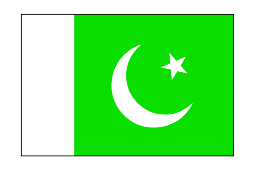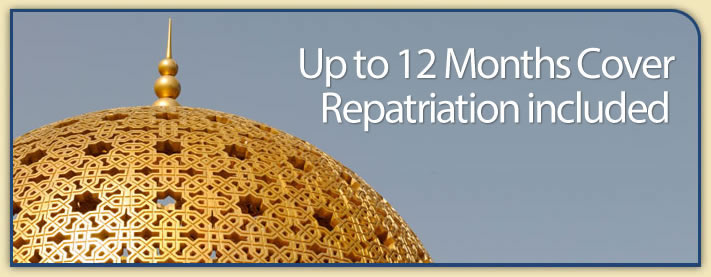Country Guide • Pakistan

Pakistan is in South Asia. It is bound by India to the east, Afghanistan and Iran to the west, China to the north and the Arabian Sea to the south.
| Official Name | Islamic Republic of Pakistan |
|---|---|
| Area | 803,943km² (310,404mile²) |
| Population | 150,694,000 |
| Continent | Asia |
| Population per mile² | 485 |
| Capital City | Islamabad |
| Religions | The official religion is Islam - 77% Sunni Muslims, 20% Shiite Muslims. The remainder are Christians |
| Language | Punjabi 48%, Sindhi 12%, Siraiki (a Punjabi variant) 10%, Pashtu 8%, Urdu (official) 8%, Balochi 3%, Hindko 2%, Brahui 1%, English (official and lingua franca of Pakistani elite and most government ministries), Burushaski, and other 8% |
| Government | Federal Republic |
| Currency | Pakistan Rupee |
| GDP | $311 billion |
| GDP per Head | $2,100 |
| Natural Resources | Extensive natural gas reserves, limited petroleum, poor quality coal, iron ore, copper, salt and limestone |
| Land Use | Arable Land 28% |
| Agriculture | Cotton, wheat, rice, sugarcane, fruits, vegetables, beef and mutton |
| Industry | Textiles and clothing, food processing, beverages, construction materials, paper products, fertilizer and shrimps |
| Tourism | The best time to visit southern Pakistan is between November and March, when the days are cool and clear. The best time to visit northern Pakistan is from April to October. The British and Foreign Commonwealth Office state: There is a serious threat from terrorism throughout Pakistan. While British nationals of Western origin are particularly likely to be targeted by terrorists, anyone is at risk from indiscriminate attacks. There is also a serious threat from criminal violence. We advise against holiday travel unless you have family contacts there. If you are travelling to Pakistan for professional or holiday reasons, you should be very careful about, and confident of, your personal security arrangements throughout your visit. |
| Natural Hazards | Frequent earthquakes, occasionally severe especially in north and west; flooding along the Indus after heavy rains (July and August) |
| Health Risks | Malaria, dengue fever, hepatitis A, dysentery and, in rural areas, Japanese encephalitis |
| Climate | Pakistan has three seasons: winter (November-March) is warm and cooled by sea breezes on the coast; summer (April-July) has extreme temperatures and the monsoon season (July-September) has the highest rainfall on the hills. Karachi has little rain. Average annual rainfall varies from only 5 inches - 60 inches depending on the region. Average temperature ranges in Karachi are from 13 to 25°C in January to 28 to 34°C in June |
| Time | GMT/UTC+5 hours |
| National Days | Republic Day, 23 March |
| Visas | If you are travelling to Pakistan on a British passport, you require a visa. Most other foreign nationals require a visa also |
| British Embassy | Embassy Details |
Information Only
The content above is for information purposes only and we have tried to ensure that the information is as accurate as possible. We cannot accept any responsibility for any inconvenience, loss or injury as a result of the information above. You should always check and verify any critical information like visas, health and safety and customs with the relevant authorities before you travel since information can change at any time.



